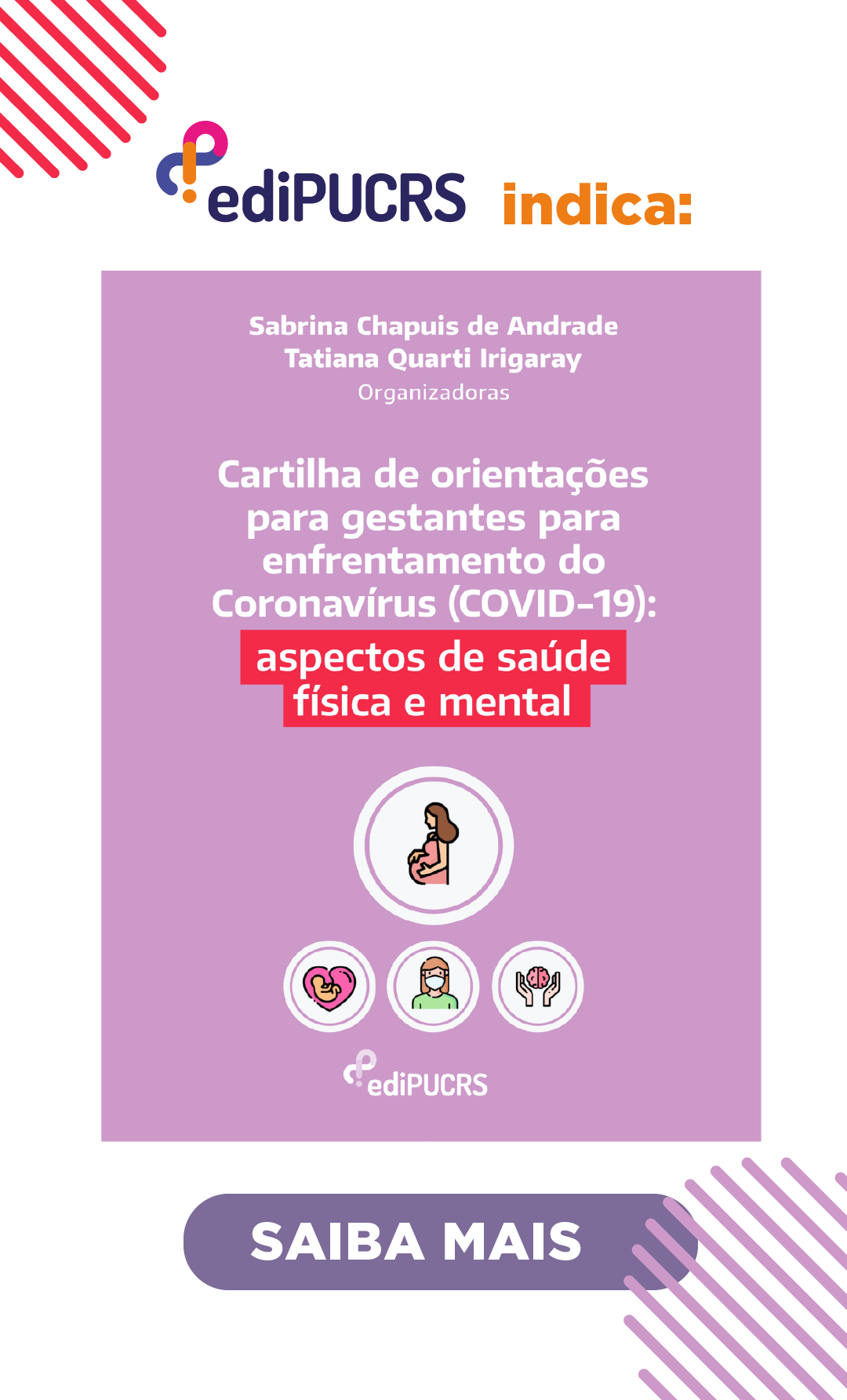Anti-Staphylococcus aureus Methicillin-Resistant (MRSA) Activity of a Novel 3-Chalcogenyl Indole
DOI:
https://doi.org/10.15448/1980-6108.2021.1.41325Keywords:
anti-MRSA, chalcogenyl-indoles, new antimicrobials, time-kill, Staphylococcus aureusAbstract
Objective: the development of new drugs against Methicillin-resistant Staphylococcus aureus is a priority to the World Health Organization. So, the objective of this study was to evaluate the antibacterial activity and toxicity of 5-bromo-3-((4-methoxyphenyl) sulfenyl)-1H-indole (3b) against MRSA.
Methods: minimum inhibitory concentration (MIC) of 3b was determined against S. aureus ATCC 29213 and 43 clinical isolates. The time-kill assay was performed for 9 isolates. Analysis of variance followed by the post hoc Bonferroni test was used for the statistical tests.
Results and conclusions: the MIC50 and MIC90 of 3b were 4 μg.mL-1 and 16 μg.mL-1 respectively. In time-kill assay, the 3b showed bactericidal activity to all evaluated isolates at concentrations of 1xMIC and 2xMIC and the re-growth effect was not observed. About the toxicity tests, 3b has not presented cytotoxicity, mutagenicity, or allergenicity. 3b had particularly good activity against MRSA demonstrating high potential for the development of new antimicrobials products.
Downloads
References
Word Heath Organization. Global priority list of antibiotic- resistant bacteria to guide research, discovery, and development of new antibiotics [Internet]; 2017 [cited 2017 Nov 20]. Available from: http://www.who.int/medicines/publications/global-prioty-list-antibiotic-resistant-bacteria
Moellering RC. Discovering new antimicrobial agents. Int J Antimicrob Agents. 2011;37(1):2-9. https://doi.org/10.1016/j.ijantimicag.2010.08.018
Welsch ME, Snyder, Stockwell BR. Privileged scaffolds for library design and drug Discovery. Curr Opin Chem Bio. 2010;14(3):347-61. https://doi.org/10.1016/j.cbpa.2010.02.018
Batista BG, Lana DFD, Silveira GP, Sá MM, Ferreira M, Russo TVC, et al. Allylic selenocyanate as new agents to combat Fusarium species involved with human infections. Chemistry Select. 2017;2(35):11926-32. https://doi.org/10.1002/slct.201702338
Azeredo JB, Godoi M, Martins GM, Silveira CC, Braga AL. A solvent- and metal-free synthesis of 3‑Chacogenyl- indoles employing DMSO/I2 as an eco-friendly catalytic oxidation system. J Org Chem. 2014;79(9):4125-50. https://doi.org/10.1021/jo5000779
Clinical and Laboratory Standards Institute (CLSI). Performance standards for antimicrobial susceptibility. Twenty-second Information Supplement. CLSI document M100-S25 [Internet]. Wayne, PA: Clinical and Laboratory Standards Institute; 2015 [updated 2018 Jan 24]. Available from: https://clsi.org/standards/products/free-resources/access-our-free-resources
Isenberg HD. Clinical Microbiology Procedures Handbook (American S). editor in chief. Washington, D.C: American Society of Microbiology; 1992. p. 12.
Montagner GFMS, Sagrillo M, Machado MM, Almeida RC, Mostardeiro CP, Duarte MMMF, et al. Toxicological effects of ultraviolet radiation on lymphocyte cells with different manganese superoxide dismutase Ala16Val polymorphism genotypes. Toxicology in Vitro. 2010;24(5):1410-6. https://doi.org/10.1016/j.tiv.2010.04.010
Burow ME, Weldon CB, Tang Y, et al. Differences in susceptibility to tumor necrosis factor α-induced apoptosis among MCF-7 breast cancer cell variants. Cancer Res. 1998;58(21):4940-6.
Singh NP, McCoy MT, Tice RR, Schneider EL. A simple technique for quantitation of low levels of DNA damage in individual cells. Exp Cell Res. 1988;175(1):184-91. https://doi.org/10.1016/0014-4827(88)90265-0
Jacobsen ID, Grosse K, Slesiona S, Hube B, Berndt A, Brock M. Embryonated eggs as an alternative infection model to investigate Aspergillus fumigatus virulence. Infect Immun. 2010;78(7):2995-3006. https://doi.org/10.1128/IAI.00268-10
Cruz-Muñiz MY, López-Jacome LE, Hernández-Durán M, Franco-Cendejas R, Licona-Limón P, Ramos-Balderas JL, et al. Repurposing the anticancer drug mitomycin C for the treatment of persistent Acinetobacter baumannii infections. Int J Antimicrob Agents. 2017;49(1):88-92. https://doi.org/10.1016/j.ijantimicag.2016.08.022
Li SA, Cadelis MM, Sue K, Blanchet M, Vidal N, Brunel JM, et al. 6-Bromoindolglyoxylamido derivatives as antimicrobial agents and antibiotic enhancers. Bioorg Medic Chem. 2019; 27(10):2090-9. https://doi.org/10.1016/j.bmc.2019.04.004
Daly S, Hayden K, Malik I, Porch N, Tang H, et al. Unprecedented C-2 arylation of indole with diazonium salts: Syntheses of 2,3-disubstituted indoles and their antimicrobial activity. Bioorg Med Chem Lett. 2011;21(16):4720-3. https://doi.org/10.1016/j.bmcl.2011.06.081
Sakhuja R, Panda SS, Khanna L, Khurana S, Jain SC. Design and synthesis of spiro[indole-thiazolidine]spiro[ indole-pyrans] as antimicrobial agents. Bioorg Med Chem Lett. 2011;21(18):5465-9. https://doi.org/10.1016/j.bmcl.2011.06.121
Jain P, Utreja D, Poonam S. An efficacious synthesis of N-1 C-3 substituted indole derivatives and their antimicrobial studies. Journal of Heterocyclic Chemistry. 2019; 57(1):428-35. https://doi.org/10.1002/jhet.3799
Kaur J, Utreja D, Ekta, Nisha J, Shivali S. Recent Developments in the Synthesis and Antimicrobial Activity of Indole and its Derivatives. Curr Org Synth. 2019;16(1):17-37. https://doi.org/10.2174/1570179415666181113144939
Brasil. Agência Nacional de Vigilância Sanitária (ANVISA). Gerência Geral de Tecnologia em Serviços de Saúde (GGTSS). Gerência de Vigilância e Monitoramento em Serviços de Saúde (GVMSS). Plano Nacional para a Prevenção e o Controle da Resistência Microbiana nos Serviços de Saúde; 2017 [cited 2017 Nov 03]. Available from: http://portal.anvisa.gov.br/documents/33852/271855/Plano+Nacional+para+a+Prevenção+e+o+Controle+da+Resistência+Microbiana+nos+Serviços+de+Saúde
Park SH, Kim JK and Park K. In vitro antimicrobial activities of fusidic acid and retapamulin against mupirocin – and methicillin-resistant Staphylococcus aureus. Ann. Dermatol. 2015; 27: 551-6. https://doi.org/10.5021/ad.2015.27.5.551
Downloads
Published
How to Cite
Issue
Section
License
Copyright (c) 2021 Scientia Medica

This work is licensed under a Creative Commons Attribution 4.0 International License.





